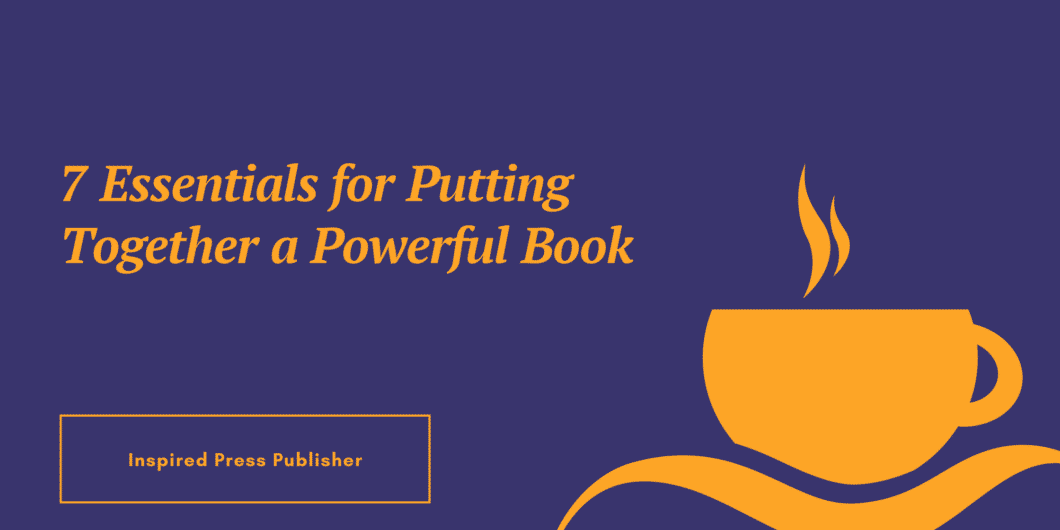7 Essentials for Putting Together a Powerful Book

All of this information is useless if you don’t put it together and actually produce your eBook! So here’s 7 essentials for putting together a powerful book...
You have three strong outlines you can use.
- Tailor the outline before you start writing, if you want to play up certain sections and omit or downplay others. Make sure the outline fits your vision for your eBook. And if you have no strong vision, yes, by all means just go with the outline “as is” for now.
- Do your own custom research. Type any subhead from an outline into your search bar and hundreds of pages of research material will open up for you to explore.
- Check “facts” you uncover in your research. Don’t be guilty of the sin of blindly parroting urban myths. If someone makes a radical statement (e.g. “There is proof of alien spacecraft landing in the Mojave desert in pre-Columbian days.”) check further into their “facts” to see if you can either support or debunk them. Dig deep to uncover primary sources (original research, studies, historical documents, etc.) rather than relying on secondary sources such as magazine articles or books.
- Make sure you absolutely do not plagiarize anyone’s work! That means no lifting copy verbatim: And no rewording some other author’s material.
If you plagiarize in the latter fashion, not only are you opening yourself to legal action, but your book will feel wishy-washy and unoriginal anyway.
It is acceptable to (a) refer to another author’s statements or positions (b) quote short sections – one to three lines – as long as you cite (give credit to) the author and his work. It is not acceptable to quote entire passages without written permission, and citing the source is not a sufficient substitute.
When in doubt, get permission.
- Do not use PLR (private label rights) material. – it is absolutely against Kindle’s terms. Plus you want your book to feel as unique and individual as possible. Any PLR should be used strictly as a guide, giving you tips for research and facts to look up, as well as ideas for your own unique twist on things.
- Tell stories. That is, include anecdotes that will personalize your book for the reader, even if you are not using actual examples of others’ experiences, but just showing her what is possible in her case, if she follows your advice.
E. G. “You are jogging along a beach. You feel so much energy you could run all morning. Waves crash and boom beside you, seagulls call overhead and the morning is cool and breezy, delicious to the senses in every way.
Contrast that vision with how you are feeling now, as you try to face dragging yourself up, with not an ounce of energy left, to start cooking supper…”
- Take a stand. – Your book will feel much stronger if you are not afraid to take stand firm in your convictions and present all arguments and assertions from that central core.
Wondering how to format your book when you’re done?
Look no further: www.toolstouse.com/kindleformatter
